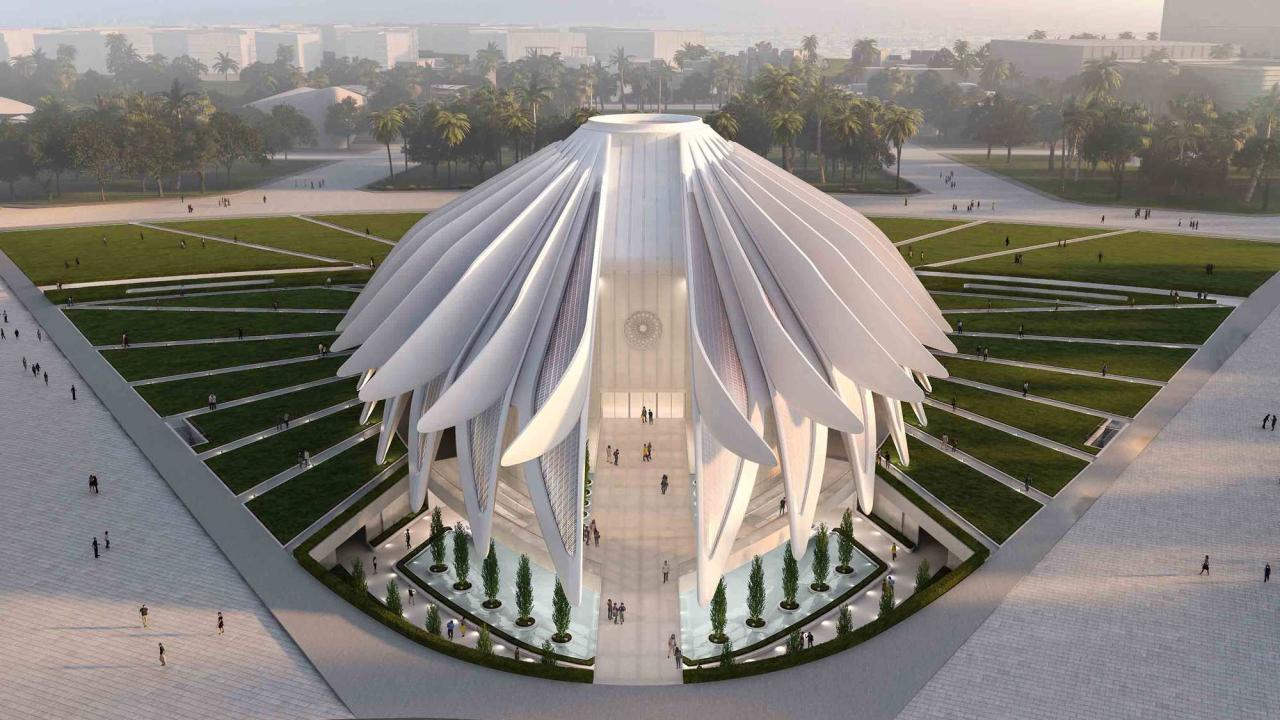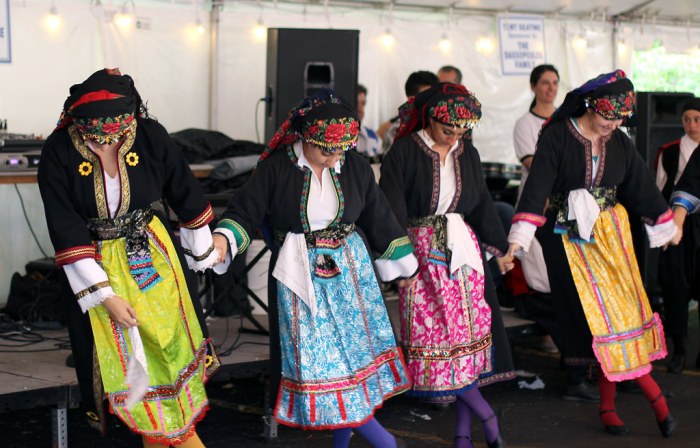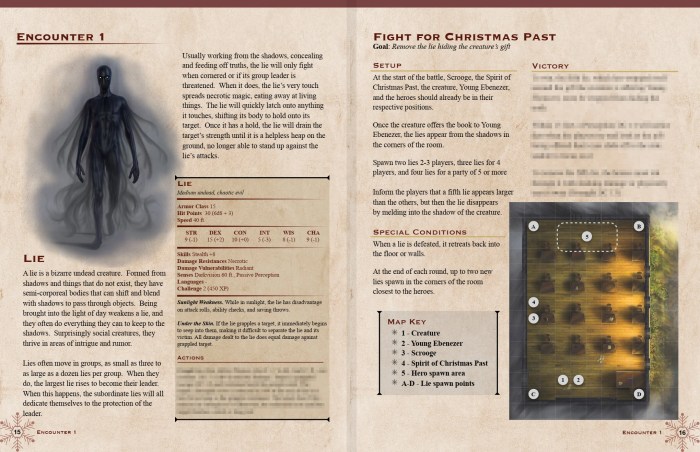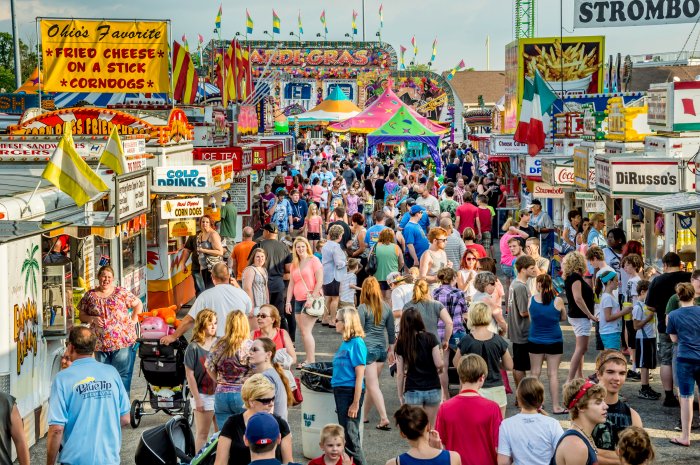Festival Pavilion: Imagine a vibrant hub of activity, a temporary city within a larger festival. This isn’t just a structure; it’s a microcosm of the event itself, reflecting its theme, culture, and purpose. From bustling food stalls to captivating performance stages and informative booths, festival pavilions are essential elements, impacting both the festival experience and the surrounding community.
This comprehensive guide delves into the design, construction, functionality, sustainability, and aesthetic considerations behind creating these dynamic spaces.
We’ll explore everything from the architectural blueprints and sustainable building practices to the integration of lighting and sound, and the crucial role of accessibility. We’ll also analyze the economic and environmental impacts, offering practical advice on responsible material sourcing and disposal. Ultimately, we aim to provide you with a complete understanding of what it takes to design and build a successful and impactful festival pavilion.
Impact and Sustainability

Festival pavilions, while temporary structures, exert a significant influence on the surrounding environment and local economy. Their impact extends beyond the immediate event, shaping both the financial landscape and the ecological footprint of the host community. Understanding and mitigating this impact is crucial for responsible festival organization.
The economic benefits of festival pavilions are multifaceted. They create temporary jobs in construction, operation, and dismantling, stimulating local employment. Furthermore, the pavilions themselves often house vendors and businesses, boosting local sales and revenue during the festival period. Increased tourism associated with the festival also contributes significantly to the local economy, with visitors patronizing local restaurants, hotels, and other businesses.
The cumulative effect can be a considerable injection of capital into the community, benefiting local residents and businesses alike.
Economic Impact on Local Communities
A study conducted by the [Insert Name of Research Organization/University] on the [Insert Name of Festival] in [Insert Location] revealed a significant economic boost. The study estimated that the festival generated [Insert Specific Monetary Figure] in direct revenue and [Insert Specific Monetary Figure] in indirect revenue, primarily attributed to the presence of festival pavilions and the associated commercial activities.
This included [Insert Specific Examples, e.g., increased sales at local restaurants, hotel bookings, etc.]. The economic ripple effect extended beyond the immediate festival period, with many businesses reporting sustained growth in the months following the event.
Environmental Considerations in Pavilion Construction and Dismantling
Minimizing the environmental impact of festival pavilions requires careful planning and execution throughout their lifecycle. From material selection to waste management, sustainable practices are essential. The construction phase itself can generate considerable waste, while the dismantling process, if not managed properly, can lead to pollution and resource depletion. Therefore, adopting environmentally conscious strategies is paramount to reducing the overall ecological footprint of the festival.
Environmentally Friendly Materials for Pavilion Construction
Several sustainable materials can be incorporated into the construction of festival pavilions to reduce their environmental impact. Recycled and reclaimed materials, such as repurposed shipping containers or reclaimed timber, are excellent options. Bamboo, a rapidly renewable resource, offers a lightweight yet strong alternative to traditional lumber. Furthermore, using modular designs allows for easy assembly, disassembly, and reuse of components, minimizing waste and transportation costs.
The use of biodegradable fabrics for canopies and other temporary structures further reduces the environmental impact.
Responsible Disposal or Repurposing of Materials
A comprehensive plan for the responsible disposal or repurposing of pavilion materials is crucial. A detailed inventory of all materials used should be maintained throughout the process, allowing for efficient sorting and recycling. Materials suitable for reuse should be identified and stored appropriately. A partnership with local recycling facilities can facilitate the proper disposal of non-reusable materials, ensuring compliance with environmental regulations.
Donating reusable materials to charities or other organizations can also extend the lifecycle of the materials and reduce waste. For example, the [Insert Name of Festival] implemented a program where used timber from their pavilions was donated to a local carpentry workshop, reducing waste and providing resources for a local business.
Aesthetic Considerations: Festival Pavilion

Aesthetics play a pivotal role in shaping the overall festival experience. A visually stunning and well-designed pavilion can significantly enhance attendee engagement, creating a memorable and positive atmosphere that encourages interaction and prolongs dwell time. Conversely, a poorly designed pavilion can detract from the overall festival experience, leaving visitors feeling uninspired and potentially impacting their perception of the event as a whole.
The careful consideration of visual elements is therefore crucial for maximizing the success of any festival.The visual appeal of a festival pavilion is directly linked to its ability to attract and engage visitors. A striking design can act as a powerful draw, enticing attendees to explore and spend time within the space. This is especially important in crowded festival settings where competition for attention is fierce.
Moreover, a well-designed pavilion can create a sense of place, contributing to the overall narrative and theme of the festival.
Visual Styles in Festival Pavilion Design
Festival pavilion design encompasses a wide range of visual styles, each capable of creating a distinct atmosphere. Minimalist designs, characterized by clean lines, simple forms, and a limited color palette, often prioritize functionality and create a sense of calm amidst the festival’s vibrancy. Think of a pavilion constructed primarily of white canvas and wood, with subtle lighting accents.
In contrast, maximalist designs embrace bold colors, intricate patterns, and a wealth of decorative elements. Imagine a pavilion adorned with vibrant murals, intricate carvings, and a profusion of hanging lanterns, creating a richly textured and visually stimulating environment. Eclectic styles blend diverse elements, creating a unique and often unexpected aesthetic. For example, a pavilion might incorporate reclaimed materials, repurposed objects, and bold graphic elements, resulting in a visually stimulating and environmentally conscious design.
Finally, biomimetic designs draw inspiration from natural forms and processes, often incorporating organic shapes, natural materials, and sustainable construction methods. A pavilion designed to resemble a giant honeycomb structure, utilizing sustainable bamboo, would be a strong example.
Visual Concept for a Festival Pavilion: “Enchanted Forest”
This pavilion concept draws inspiration from the enchanting allure of a mystical forest. The structure would be primarily crafted from natural materials, such as sustainably sourced timber and woven willow branches, creating a feeling of organic integration with the surrounding environment. The exterior would feature intricate latticework, allowing dappled sunlight to filter through, casting shifting patterns of light and shadow within the space.
The interior would be adorned with hanging vines, faux foliage, and strategically placed LED lights mimicking fireflies, creating a magical and immersive ambiance. The color palette would be muted greens, browns, and deep blues, punctuated by splashes of iridescent color from strategically placed stained glass accents. The overall effect would be a captivating and dreamlike environment that transports visitors to a whimsical, enchanted realm.
Key Design Elements for a Memorable Pavilion
The success of a festival pavilion’s aesthetic impact hinges on several key design elements. A thoughtful consideration of these elements is critical for creating a truly memorable and visually appealing space.
- Lighting: Strategic lighting design is crucial for setting the mood and highlighting architectural features. A combination of ambient, task, and accent lighting can create a dynamic and engaging visual experience.
- Materials: The choice of materials significantly impacts the pavilion’s overall aesthetic and sustainability. Natural and reclaimed materials can create a unique and environmentally conscious feel.
- Color Palette: A well-chosen color palette can evoke specific emotions and enhance the overall theme. Consider the psychological effects of different colors when making your selection.
- Texture: Incorporating a variety of textures, through the use of different materials and surface treatments, adds depth and visual interest to the design.
- Spatial Design: The layout and flow of the space should be carefully considered to encourage interaction and create a comfortable and inviting atmosphere.
- Signage and Graphics: Clear and visually appealing signage guides visitors and enhances the overall aesthetic. Custom graphics can reinforce the pavilion’s theme and brand.
Designing and constructing a festival pavilion is a multifaceted undertaking, demanding careful consideration of design, functionality, sustainability, and aesthetics. From initial concept to post-festival dismantling, every stage requires planning and expertise. By understanding the key elements Artikeld in this guide—from sustainable material choices to responsible waste management—you can create a pavilion that enhances the festival experience while minimizing its environmental footprint and maximizing its positive economic impact on the host community.
Remember, a well-designed pavilion is more than just a structure; it’s a vital component of a successful and memorable event.


